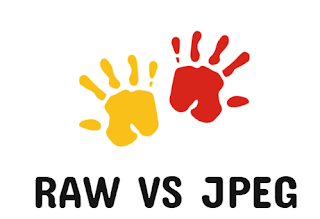EXPOSURE STOP IN PHOTOGRAPHY
The ‘stop’ is a measurement of exposure, which is used to denote the change in the value of any of the three elements of the exposure triangle. As we all know, the exposure is controlled by aperture, shutter speed and ISO sensitivity and this is the reason why these three form the exposure triangle. Though it may sound really complicated, but trust me once you understand the basics of it you shall be well versed with the term ‘stop’. All you need to understand is that a stop is related to the change in the exposure value, so be it because of shutter speed, aperture value or the ISO value. Increasing the exposure by one stop means that you are allowing double the amount of light to enter the camera. Similarly, decreasing the exposure by one stop means that you are letting in half the amount of light.
